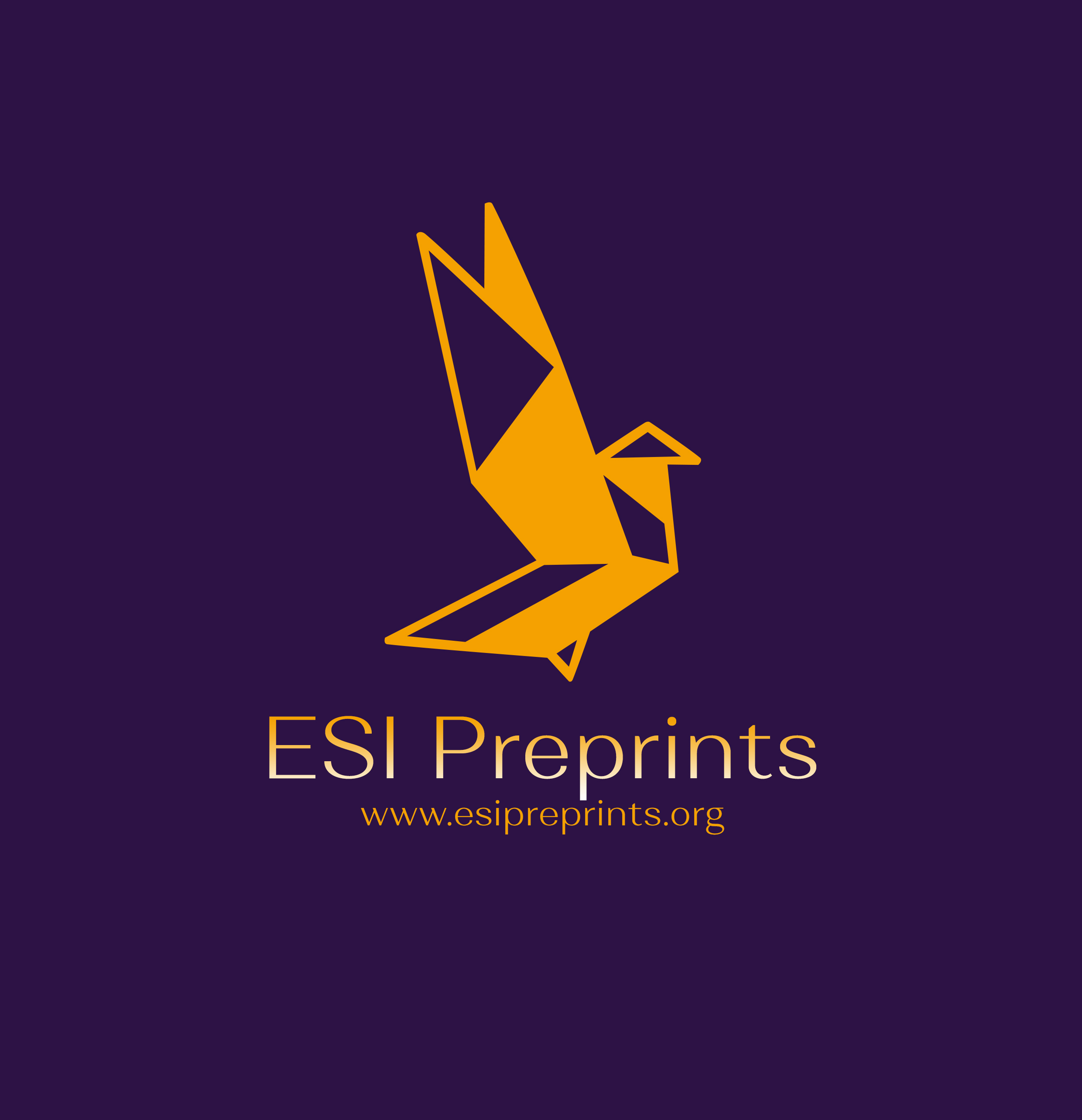Proofils Epidemio-Cliniques et Paracliniques de l’Epilepsie chez les Adolescents Vue au Centre de Neurologie d’Antananarivo, Madagascar
Abstract
Introduction : L'épilepsie figure parmi les affections neurologiques chroniques graves et courantes affectant les personnes de tout âge. Dans cette étude, les objectifs étaient d’estimer la fréquence brute, de décrire les caractéristiques épidémio-cliniques et paracliniques de l’épilepsie chez les adolescents auprès du Centre de Neurologie d’Antananarivo (CNA), Madagascar. Méthodes : Une étude descriptive, retrospective et transversale était menée allant du 12 Juin 2020 au 02 Mars 2021 dans le CNA. Elle incluait les adolescents de 12 à 18 ans ayant effectués un électroencéphalogramme (EEG) dans le CNA et diagnostiqués comme épileptique après une interprétation effectuée par un neurologue. Résultats : Cent trente-trois adolescents (96,8‰) étaient inclus. L’âge moyen était de 14,47 ans avec un sex-ratio de 1,14. Les crises épileptiques débutaient entre 12 à 18 ans dont 30,83% avaient un antécédent familial d’épilepsie. Les crises généralisées (53,38%) dominaient la clinique. Les décharges focalisées (78,95%) dans la région frontale étaient les plus fréquentes à l’EEG. L’épilepsie absence de l’adolescent était les plus rencontrées dans (7,52%) des cas. L’épilepsie d’origine indeterminée prédominait dans 80,45% des cas. Conclusion : L’épilepsie chez les adolescents est fréquente. La recherche étiologique reste difficile à Madagascar par le manque de ressource pour réaliser les investigations plus approfondies.
Introduction : Epilepsy is one of the serious and common chronic neurological conditions affecting people of all ages.. In this study, the objectives were to estimate the raw frequency, to describe the clinical and paraclinical characteristics of epilepsy in adolescents at the Neurology Center of Antananarivo (CNA), Madagascar. Methods : A descriptive, retrospective and cross-sectional study was conducted from June 12, 2020 to March 2, 2021 in the CNA. It included adolescents aged 12 to 18 with performed an electroencephalogram (EEG) in the CNA and diagnosed as epileptic after interpretation by a neurologist. Results : One hundred and thirty-three adolescents (96.8‰) were included. The mean age was 14.47 years with a sex ratio of 1.14. Epileptic seizures began between 12 and 18 years of age, including 0.83% had a family history of epilepsy. Generalized seizures (53.38%) dominated the clinic. Focused discharges (78.95%) in the frontal region were the most frequent on the EEG. Adolescent absence epilepsy was the most encountered in (7.52%) cases. Epilepsy of undetermined origin predominated in 80.45% of cases. Conclusion : Conclusion: Epilepsy in adolescents is common. Etiological research remains difficult in Madagascar due to the lack of resources to carry out more in-depth investigations.
Downloads
Metrics
References
2. Ebrahimi, H., Shafa, M., & Asl, S. H. (2012). Prevalence of Active Epilepsy in Kerman, Iran : A House Based Survey. 21(3), 10.
3. Farghaly, W. M., Abd Elhamed, M. A., Hassan, E. M., Soliman, W. T., Yhia, M. A., & Hamdy, N. A. (2018). Prevalence of childhood and adolescence epilepsy in Upper Egypt (desert areas). The Egyptian Journal of Neurology, Psychiatry and Neurosurgery, 54(1). https://doi.org/10.1186/s41983-018-0032-0
4. INSTAT MADAGASCAR. (2020). TROISIEME RECENSEMENT GENERAL DE LA POPULATION ET DE L’HABITATION (p. 153).
5. Jardak, F., Hsairi, I., Chtourou, E., Ellouze, E., Mziou, M., Kamoun, F., & Triki, C. (2012). Caractéristiques du syndrome de Lennox-Gastaut faisant suite à un syndrome de West : Étude de 20 cas. r e v u e n e u r o l o g i q u e, 2.
6. Lekoubou, A., Kengne, A. P., Fezeu, L., & Mbanya, J. C. (2012). Determinants of active convulsive epilepsy in rural Cameroon : A population based case–control study. Neurological Research, 34(2), 159‑162. https://doi.org/10.1179/1743132811Y.0000000075.
7. Lemahafaka, G. J., Fenomanana, S. M., & Tehindrazanarivelo, A. D. (2019). Epilepsie et santé de la reproduction : Enjeux et perspectives. Pan African Medical Journal, 34. https://doi.org/10.11604/pamj.2019.34.81.19366.
8. Rowena, Ng. & Hodges, E. (2020). Predictors of behavioral dysregulation and social dysfunction in pediatric patients with epilepsy and obesity : Developmental timing matters. Epilepsy & Behavior, 111, 107234. https://doi.org/10.1016/j.yebeh.2020.107234.
9. Rabie, F. M., & Marei, N. (2016). Prevalence and Determinants of Epilepsy among School Children in Aseer Region- KSA. Journal of Education and Practice, 5.
10. RAZAFINDRAHAJA V. T. (2007). Neurocysticercose : epidemio-clinique et cout de prise en charge. Madagascar. Universite d’Antananarivo.
11. Rousselle, A. (2016). Épilepsies chez les adolescents à la Réunion, comparaison entre le vécu de l’adolescent et le ressenti de ses parents. 123.
12. Scheffer, I. E., Berkovic, S., Capovilla, G., Connolly, M. B., French, J., Guilhoto, L., Hirsch, E., Jain, S., Mathern, G. W., Moshé, S. L., Nordli, D. R., Perucca, E., Tomson, T., Wiebe, S., Zhang, Y., & Zuberi, S. M. (2017). ILAE classification of the epilepsies : Position paper of the ILAE Commission for Classification and Terminology. Epilepsia, 58(4), 512‑521. https://doi.org/10.1111/epi.13709.
13. Sidig, A., Hussein, A., Yassien, F., Hamad, A., Saad, M., Mubark, B., & Aldar, M. M. (2011). The pattern of clinical presentation of epilepsy among adolescence Sudanese epileptic patients. 7.
14. Smith, A. W., Mara, C., Ollier, S., Combs, A., & Modi, A. C. (2018). Rebellious Behaviors in Adolescents With Epilepsy. Journal of Pediatric Psychology, 43(1), 52‑60. https://doi.org/10.1093/jpepsy/jsx089.
Copyright (c) 2023 Innocent Injakanasy, Lala Andriamasinavalona Rajaonarison, Tanjona Ezakiniaina Mamy Soa Rakotarijaona, Ratsitohara Santatra Razafindrasata, Naliniaina Robert Randrianantoandro, Julien Razafimahefa, Alain Djacoba Tehindrazanarivelo

This work is licensed under a Creative Commons Attribution-NonCommercial-NoDerivatives 4.0 International License.








